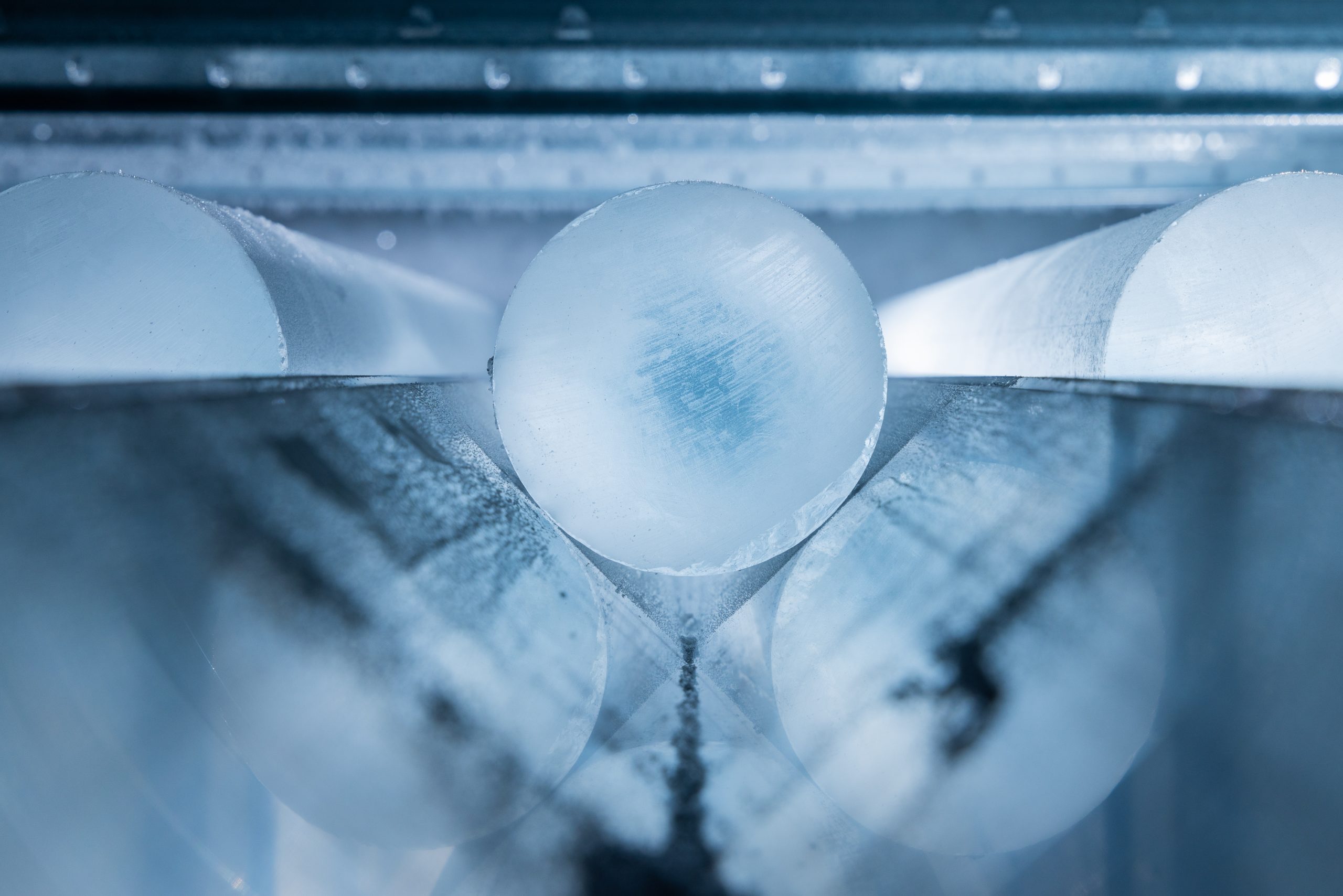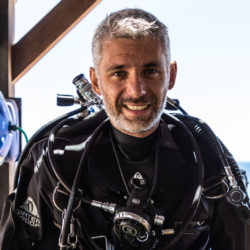
Lukasz Larsson Warzecha

TIFA 2023 Interview with Lukasz Larsson Warzecha
1st Place winner in Science, Professional, “Eastgrip – Ice Core”
Q: Can you briefly tell us about your background and what inspired you to pursue photography?
I have been shooting professionally for over 15 years. I was born in Poland but spent over half of my life in the UK. I have shot on six continents and in every environment, from the jungles of Papua New Guinea desert of the Middle East to Canadian rocky mountains.
Initially, I wanted to share the experience and the fantastic places we find on Earth. These days, I’m more on a mission; with my wife, we’re trying to use our communication skills to tell stories that will hopefully inform the general public.
Q: What drove you to submit your work to the TIFA competition, and what are your thoughts on how winning this competition impacted your artistic journey?
With my photojournalistic work, I’m looking for under-documented stories of the science behind climate change and conservation. These stories need to be seen, and I want to make an impact. Awards are a great way to help spread the message and at the same time grow your career.
Q: Could you describe any challenges you faced while capturing this moment (winning image/s)?
eastGRIP camp is incredibly remote, accessible only by a ski-equipped plane, with few seats available, mostly reserved for scientists and operational staff. I needed a complete medical checkup at an approved clinic months before leaving for Greenland, including a visit to a dentist. The whole experience of getting to eastGRIP was quite surreal, especially when you’re doing it for the first time. I first flew from Copenhagen to Kangerlusuuaq, a small settlement in west Greenland that is one of Greenland’s scientific research hubs and an operational base for the 109th US Airlift Wing. The US Air Force is operating Hercules planes capable of landing on unprepared skiways. We all had to pass a COVID test on the morning of our flight. I was so stressed about it – that I could barely sleep the night before. If my test were positive, I would not be able to eastGRIP at all.
Once at eastGRIP, well of course, it can be incredibly cold – down to -25/-30.
Q: What, in your opinion, are the most important factors in creating great images?
I often think about the difference between ‘image quality’ and ‘quality images’. Image quality is easily achievable these days for most people, but what makes images stand out is the knowledge we bring in as photographers outside of photography. If image quality is easily achievable and expected at a professional level, being at the right place at the right time makes the difference. I know that it sounds cliche. If you have done your research or have enough experience, you can anticipate the action and understand what’s happening in front of the lens. That last bit is significant in my scientific assignments; I need to do a lot of research to understand which part of a scientific process is important and worth photographing for a particular story.
As photographers and cinematographers, we are ultimately the guardians of the frame. Framing. What you include and what you leave out.
Q: What do you find to be the most challenging aspect of photography?
I’m not going to dwell on this one… finding sufficient funds to do these big projects is challenging and was especially challenging in 2023.
Q: What motivates and drives your photography?
I want to use my photography as a cause for good. I’m driven by the desire to communicate the facts and science about climate change and conservation and ensure that I do it in a way that is easy to follow and understand for the general public.
Q: What’s next for you in your career as a photographer?
That’s a good question… I will keep working on the wider story about ice cores and I also hope to publish my first photo book about eastGRIP and ice cores more generally.
We also have another long term science/conservation project about the Red Sea’s Super Corals.